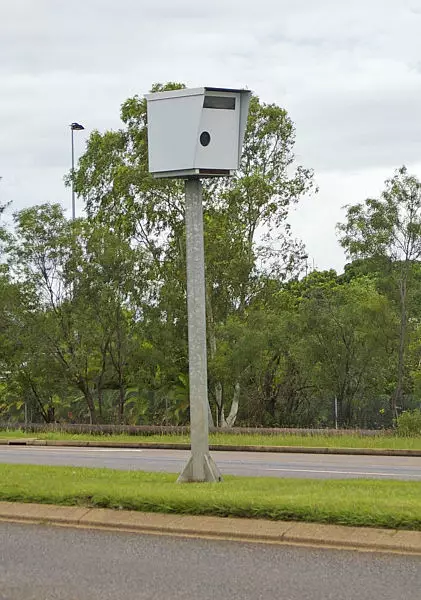As we embark on our summer holiday road trips, it is hard to miss the peculiar sight of a white or yellow box on the side of the road. These mobile road safety cameras, with their cameras protruding overhead and road safety slogans, have become a common sight in many countries. They serve the purpose of capturing various traffic violations, from speeding to distracted driving. But have you ever wondered about the origins of these cameras and how exactly they work? In this article, we will delve into the evolution and effectiveness of road safety cameras in promoting safer driving habits.
Tackling Australia’s Road Safety Crisis
Australia’s road safety statistics paint a grim picture, with approximately 1,200 fatalities and 39,000 serious injuries caused by car crashes each year. The numbers show no signs of decline, despite efforts to curb dangerous driving behaviors such as speeding, drink or drug driving, fatigue, distraction, and not wearing seat belts. To address this road safety crisis, the implementation of safety cameras has become a crucial part of the solution.
The Birth of Safety Cameras
The use of safety cameras in Australia dates back to 1985 when speed cameras were first introduced in Victoria. Over time, the repertoire of safety cameras expanded to include fixed red light and speed cameras, mobile speed cameras that can be deployed in various locations, and point-to-point cameras, also known as average speed cameras. More recently, mobile phone detection cameras have been introduced in several states to combat the issue of phone use while driving.
Safety cameras can be categorized as either fixed or mobile. Fixed cameras are permanently installed at specific locations and operate continuously throughout the day. They are primarily utilized to target speeding and red light running. On the other hand, mobile cameras, often seen as trailers by the roadside, offer flexibility as they can be relocated to different spots at any given time. These cameras primarily focus on speeding offenses but can also be mounted on vehicles or tripods. Their mobility allows for strategic placement in areas with high crash rates or known concerns regarding speeding, distraction, restraint use, or overall safety.
To detect and measure vehicle speeds, safety cameras employ radar or laser technology. Additionally, sensors embedded in the road enable them to identify instances of red light running. The use of high-definition cameras ensures accurate recordings in various weather and lighting conditions, including night, fog, and heavy rain. Some cameras possess the capability to enforce speed limits for different vehicle types, making them adaptable to specific road regulations. Moreover, automated number plate recognition allows them to identify vehicles of interest to law enforcement, such as stolen or unregistered vehicles.
Expanding Reach: Point-to-Point Cameras
While fixed and mobile cameras target vehicles within their immediate vicinity, point-to-point cameras differ by measuring the average speed of a vehicle between two points. By recording passing vehicles at the beginning and end of the zone, these cameras calculate the average speed throughout the designated area. Although point-to-point enforcement currently relies on fixed cameras, the implementation of portable cameras in the future is likely.
Multifaceted Mobile Phone Detection
Mobile phone detection cameras serve a dual purpose by not only detecting illegal phone use but also monitoring seat belt compliance. Equipped with high-definition cameras and infrared lighting, these cameras can peer through windshields and identify instances of mobile phone usage. They are also capable of determining whether drivers are wearing their seat belts correctly. Like other safety cameras, mobile phone detection cameras can be either fixed or mobile, allowing for adaptable deployment based on the region’s road safety needs.
Numerous studies have attested to the effectiveness of safety cameras in improving road safety. A systematic review revealed that different types of speed cameras reduce average speeds, the prevalence of speeding vehicles, and most importantly, serious injuries and fatal crashes by approximately 20% each. While research on the effectiveness of mobile phone detection cameras is limited, data from New South Wales indicates a substantial decline in mobile phone usage following their implementation. Furthermore, enforcement data confirms the efficiency and effectiveness of safety cameras in detecting traffic violations.
Relying solely on common sense, courtesy, or self-interest is insufficient to combat the consequences of reckless driver behavior. Safety cameras have proven their value in promoting safer driving habits and reducing the trauma caused by accidents. With their evolution from fixed to mobile and the addition of new features like mobile phone detection, safety cameras continue to play a crucial role in making our roads safer for all motorists.


Leave a Reply